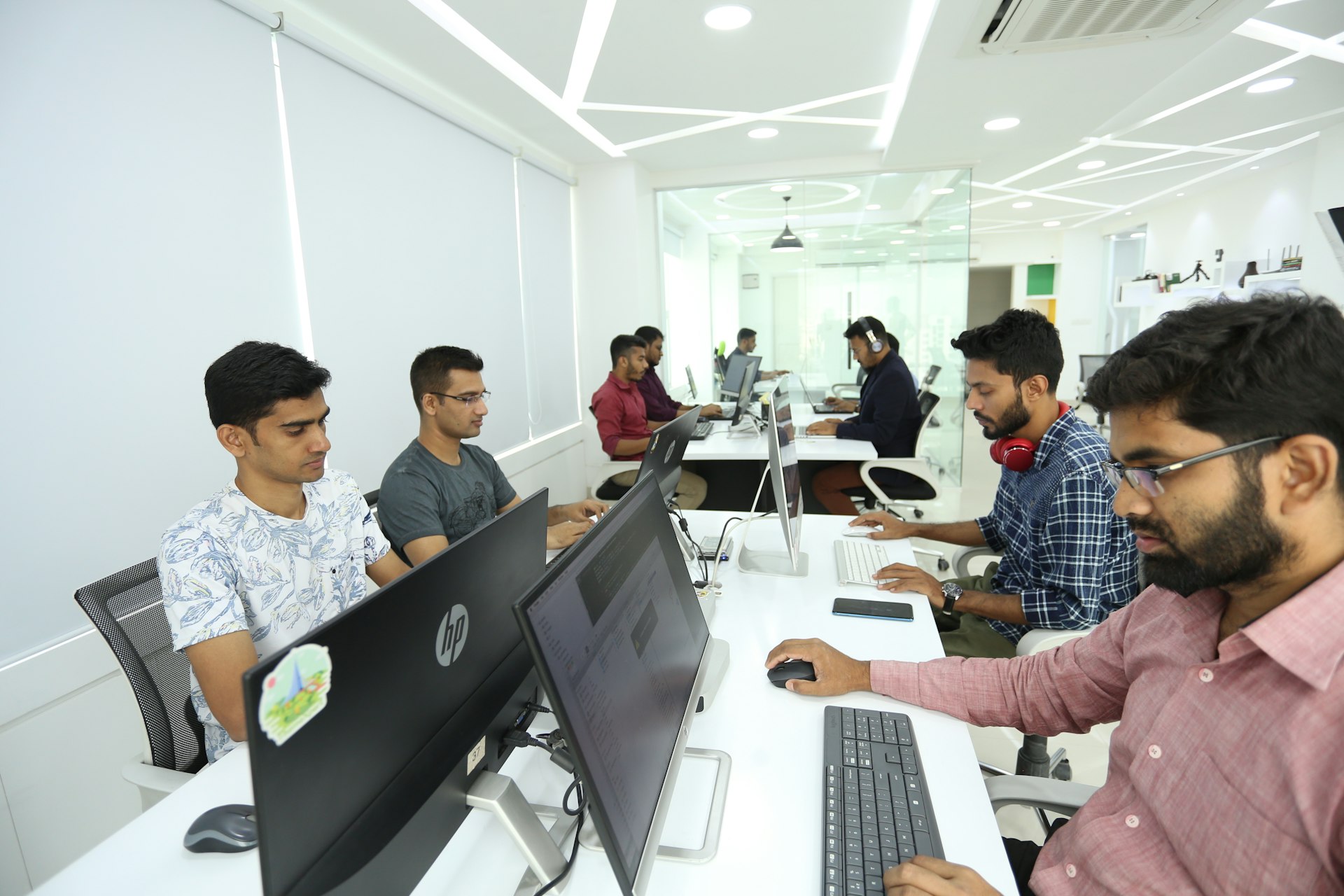📰 Overview
India’s private sector growth eased in October 2025, marking the slowest pace of expansion in five months. According to the HSBC Flash India Composite PMI compiled by S&P Global, the index slipped to 59.9 from 61.0 in September — still indicating growth, but at a slower momentum.
This cooling reflects a loss of steam in the services sector and softer export demand, even as manufacturing output stayed resilient.
“While India’s growth remains among the world’s fastest, the October PMI suggests a moderation in momentum, mainly driven by services,” noted economists at HSBC.
🔍 Key Insights from the PMI Report
📊 Composite PMI at 59.9
Down from 61.0 in September — a five-month low.
Still comfortably above the neutral mark of 50, which separates growth from contraction.
🏭 Manufacturing Steady
Manufacturing PMI improved slightly to 58.4 (up from 57.7).
Factories recorded a solid rise in new orders and output, supported by stable domestic demand.
🏢 Services Sector Softens
Services PMI fell to 58.8 from 60.9.
This drop shows that growth in financial, IT, and consumer-facing services slowed in October.
🌍 Exports Take a Hit
Export demand weakened to its lowest point in seven months.
Manufacturers faced softer global orders amid weaker international markets.
💰 Prices and Costs
Input cost inflation fell to its lowest level since June, easing margin pressure.
Despite this, firms raised output prices slightly to protect profits.

🧭 Why the Slowdown Happened
1️⃣ Services Fatigue
After months of strong expansion, India’s services sector — the economy’s backbone — finally slowed down. Competition, pricing pressures, and muted consumer demand were the main reasons.
2️⃣ Weak Export Momentum
The global economic environment remains uncertain, impacting India’s exports. Demand from Europe and the U.S. weakened, while shipping costs rose slightly, affecting competitiveness.
3️⃣ Business Caution
Despite expansion, business optimism dipped in October. Firms cited global instability and competitive pressure as reasons for being cautious about future output.
4️⃣ Input Cost Moderation
Lower input inflation helped businesses manage costs, but limited pricing power means most companies could not pass full benefits to customers
📈 The Silver Lining – Manufacturing Holds Firm
While services slowed, India’s manufacturing sector continues to be a bright spot. Industrial production remained stable thanks to:
Strong domestic orders,
Government push for “Make in India,” and
Easing supply-chain bottlenecks.
This resilience indicates India’s manufacturing base is gradually diversifying beyond exports and becoming more self-reliant.
💼 What This Means for Businesses
✅ For Entrepreneurs & Startups
Service startups may need to innovate their offerings or expand into digital solutions.
Manufacturers can capitalize on stable domestic demand.
Focus on efficiency, automation, and new market channels.
✅ For Business Development Professionals
Slow growth means companies are looking for value-driven pitches — tools or services that save time and boost efficiency.
There’s strong opportunity for solutions involving data analytics, AI tools, and process automation.
✅ For Employees and Learners
A cooling economy increases competition for jobs.
Upskilling in data analysis, Power BI, Excel, and AI tools will make professionals stand out.
Learning business analytics can help navigate market uncertainty.
💡 How It Affects the Economy
Even with this moderation, India remains one of the world’s fastest-growing economies. The PMI above 55 shows expansion remains strong, though momentum has cooled.
Economists believe this softening may give the RBI more room to maintain a supportive monetary stance while keeping inflation under check.
🌐 Global Context
India’s slowdown mirrors a global cooling trend — from the U.S. and Europe to China, private sector activity has decelerated.
However, India’s PMI readings remain well above global averages, highlighting continued resilience.
🧩 What Businesses Should Do Next
Streamline operations: Focus on productivity and cost efficiency.
Adopt digital tools: Automate and analyse workflows using affordable tech.
Diversify customer base: Expand into regional or export markets.
Invest in upskilling: Equip your team with data and digital skills.
✍️ Closing Thoughts
While the slowdown is a reminder that no economy can expand endlessly, India’s underlying fundamentals remain strong. The manufacturing revival and easing cost pressures suggest that this moderation is temporary, not structural.
For businesses and professionals alike, the message is clear — adapt, innovate, and upskill to stay ahead of the curve.